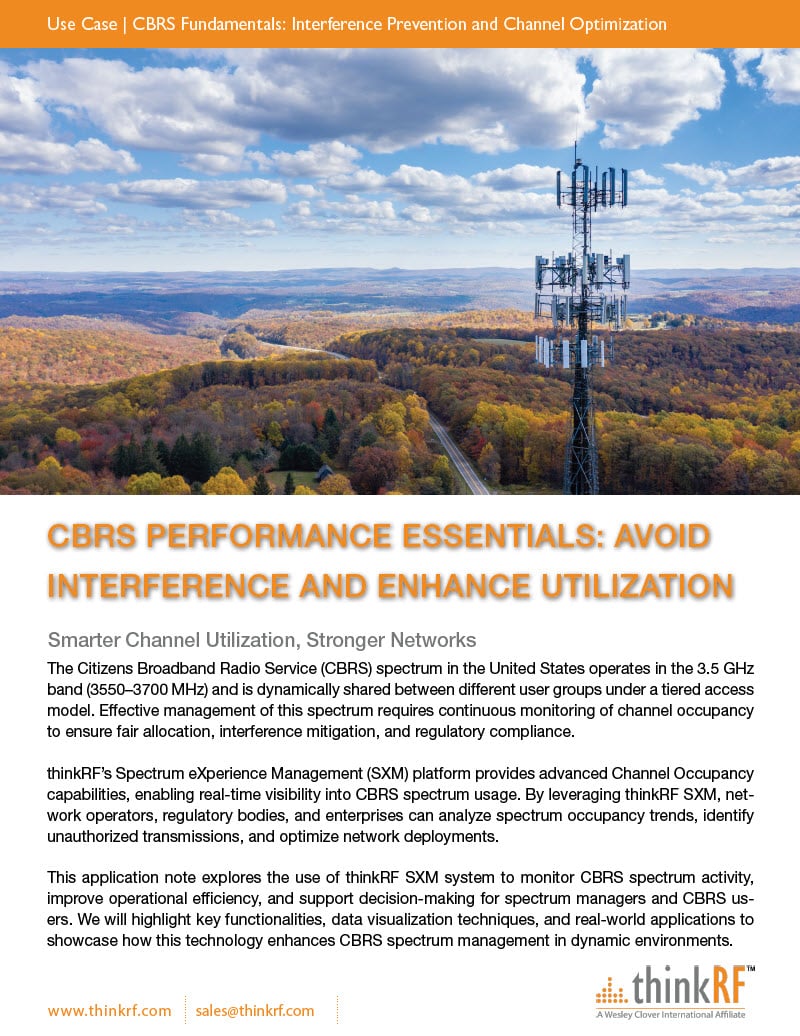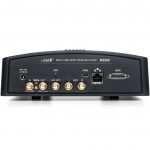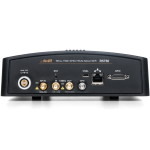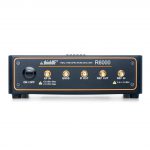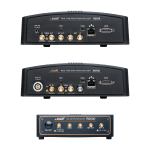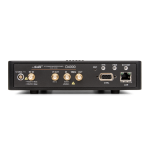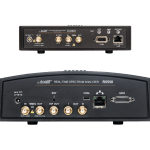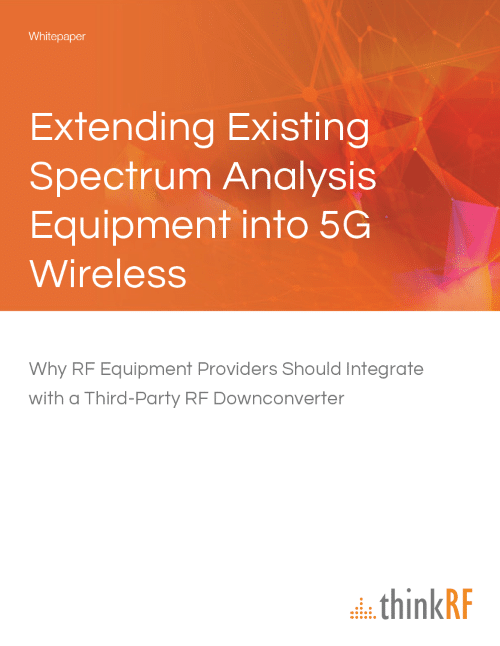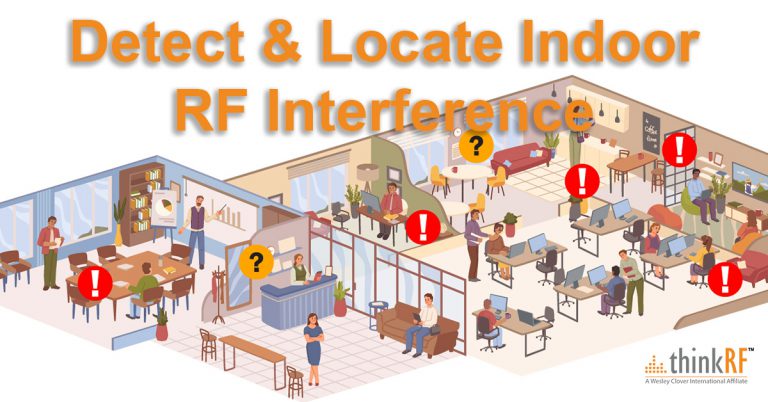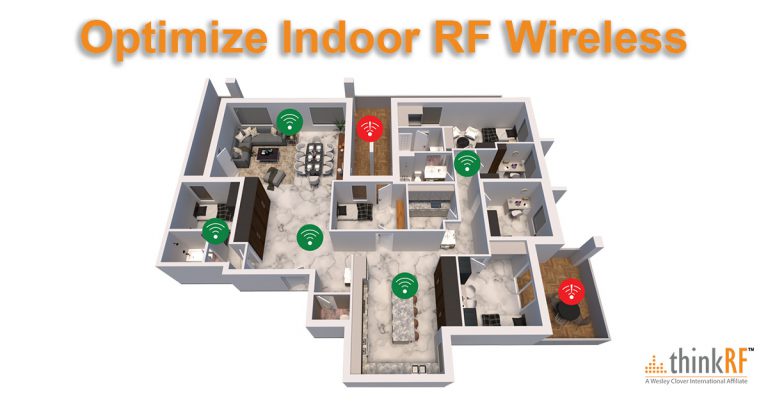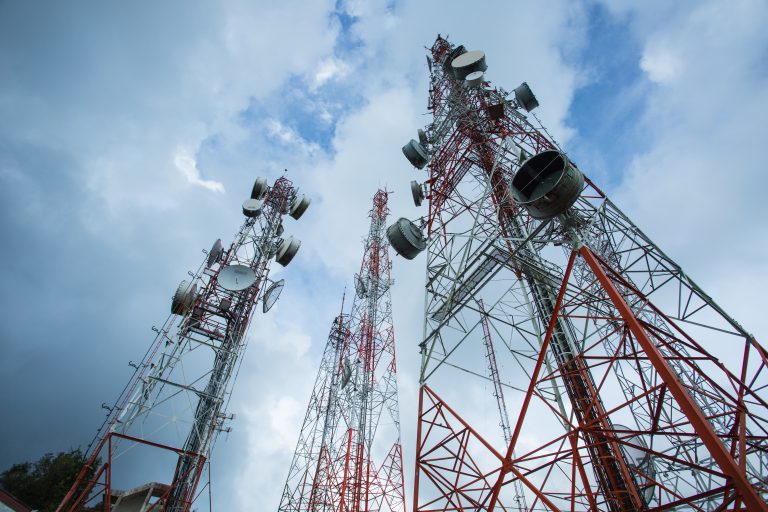Organizing the wireless spectrum is a complex exercise, and government agencies must distribute finite wireless resources in a way that balances access with reliability. Typically, the primary way to do this is to allocate specific bands to specific uses and users through licensed or unlicensed spectrum. Wi-Fi, for example, resides in the ISM band reserved internationally for industrial, scientific, and medical purposes. Mobile operators, on the other hand, typically get exclusive rights to use licensed spectrum purchased at auction.
This strict control helps avoid disruptive RF interference, but it also creates scarcity by placing an artificial limit on who can transmit in each band. As a result, there’s very little desirable spectrum available that has not already been auctioned off to private companies or controlled by government agencies for applications such as defense, radar, satellite communications, and other purposes.
Recognizing these challenges, the FCC authorized the full commercial deployment of the Citizens Broadband Radio Service (CBRS) in early 2020. The new standard has the potential to unleash a new era of 4G, LTE, and 5G wireless services while also offering enterprises an economical and technologically feasible alternative to Wi-Fi when building private networks.
The CBRS Band – Taking Advantage of Spectrum Sharing
CBRS is a 150 MHz wide broadcast band located in the 3550-3700 MHz band. Until now, this band was exclusively used by the US Federal Government for Navy radar systems and aircraft communications. However, like many government owned bands, the 3.5 GHz band was underutilized and had been identified as a candidate for commercial use.
To facilitate this commercial exploitation of a prime spectrum resource while ensuring access to incumbent users, CBRS leverages advanced spectrum sharing across a three tiered hierarchy. Each tier is protected from interference from the tiers below it.
Tier 1 is designated to incumbents, including the US Navy, Fixed Satellite Service earth stations, and grandfathered wireless broadcast licensees already using the 3600-3650 MHz band.
Tier 2 provides Priority Access Licensees (PALs) with licensed spectrum that will be made available through competitive bidding in each geographical area, similar to how spectrum is currently allocated. PAL users are protected against interference from Tier 3 users, but must protect against and accept interference from Tier 1 users. Mobile operators and cable providers are expected to purchase these bands to expand coverage and relieve pressure from their current infrastructure.
Tier 3 provides General Authorized Access (GAA) to permit open, flexible access to the widest possible group of users. Tier 3 users must not cause interference and must accept interference from the tiers above. Enterprises deploying private CBRS networks will fall into this tier since they will not require a license.
To enforce these tiers and facilitate spectrum sharing, a network of sensors known as the Environmental Sensing Capability (ESC) will detect the use of CBRS and control access via a Spectrum Access System (SAS). Devices that want to use the CBRS band must put in a request to reserve unused spectrum and the SAS will grant access if the channel is free, preventing interference. Because the CBRS standard uses the most advanced SAS ever developed, a “listen-before-talking” approach is not required.
Deploying and Optimizing CBRS Networks
In the near term, mobile operators are expected to leverage the CBRS band to alleviate pressure on their existing 4G and LTE networks, especially in urban corridors and areas of high demand. CBRS is also on track to become part of the 5G specification, with trials slated to start in 2020 and the first launch expected in early 2021. CBRS provides a highly desirable resource for mid-band 5G deployments.
CBRS also promises to provide an affordable and technologically feasible alternative for enterprises looking to deploy private wireless networks. Compared to Wi-Fi, CBRS offers better performance, range, and capacity similar to LTE through secure, in-building, unlicensed networks. Enterprises will be able to purchase certified equipment and deploy the network in the same way Wi-Fi networks are deployed, removing the need for costly carrier-owned networks that have only been available to the largest enterprises.
New Requirements for Spectrum Analysis
CBRS opens up a prime, underutilized spectrum band for commercial deployment, and mobile operators, wireless communication infrastructure providers, and enterprises are already building new CBRS networks to meet the growing demand for wireless access. By taking advantage of advanced spectrum sharing technologies and ensuring users are protected against disruptive interference, the FCC has laid the foundation for future standards in similar underutilized bands.
As with any new network, users will be required to test, evaluate, and optimize performance to ensure coverage and mitigate the risk of interference. RF engineers will need to conduct mobile and drive testing to understand network performance in a variety of conditions. To learn more about how equipment requirements are changing, and how RF engineers can get the right solution, download our solution paper: Building Better CBRS Networks with ThinkRF.

